At the recent 10th Conference, the 13th Party Central Committee agreed on the policy of investing in the entire high-speed railway project (350km/h) on the North-South axis.
The North-South axis is the most important development corridor in the country, passing through 20 provinces and cities, connecting the two growth poles of Hanoi and Ho Chi Minh City, major cities, industrial zones, tourism, and important services contribute more than 50% of our country's gross domestic product (GDP). The construction of high-speed railways will contribute to restructuring the corridor space in a sustainable manner, creating a spillover momentum, promoting socio -economic development for localities, regions, and the whole country.
Promoting the advantages of rail transport
The Party Central Committee emphasized the need for early investment in projects. railway high speed to realize the Party's policies and orientations, resolutions and conclusions of the Politburo and implement plans; strengthen regional and growth pole connectivity, create spillover momentum, open up new economic development space; ensure transportation needs on the North-South corridor, the largest transportation corridor in the country, meeting the requirements of socio-economic development associated with national defense and security. Along with agreeing on the investment policy for the entire high-speed railway project on the North-South axis, the Party Central Committee assigned the Government Party Committee and the National Assembly Party Delegation to direct relevant agencies to urgently complete the dossier to submit to the 8th Session of the 15th National Assembly for consideration and decision on the policy, a number of specific mechanisms and policies to mobilize resources and investment procedures for the project.
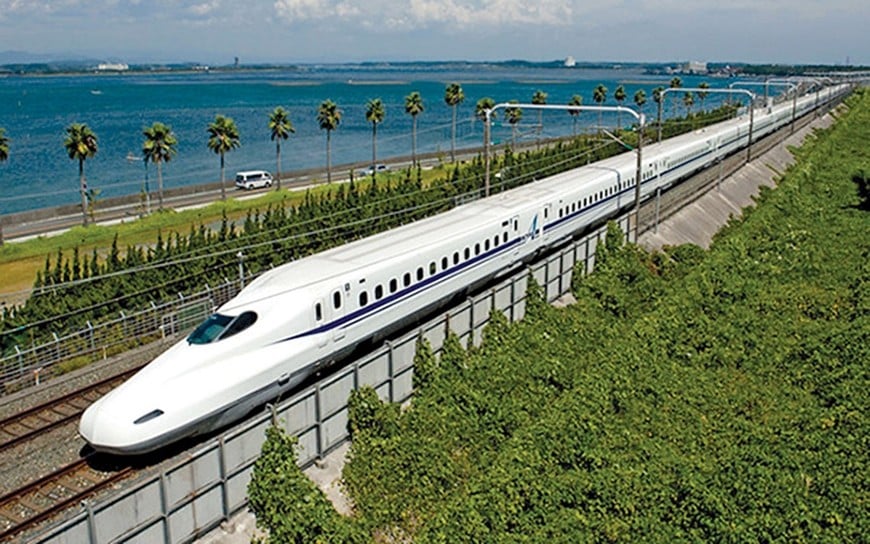
Currently, the North-South corridor has all 5 modes of transport, however, there is an imbalance and lack of sustainability in passenger transport, in which road transport accounts for the largest proportion, followed by aviation, while railways only account for about 1% of the market share. Among the modes of transport, railways are the method with many advantages in terms of large-volume, fast, safe and environmentally friendly transport. Many countries have prioritized the development of high-speed railways to shorten distances, connect regions, and open up space for socio-economic development. For the North-South axis of our country, high-speed railways will promote advantages in terms of transport volume, short time, reliability, and convenience, creating a new development corridor. The national master plan and railway network planning determine the investment roadmap for the North-South high-speed railway before 2030.
However, in reality, in recent times, the development of national railway infrastructure has not received due attention, the infrastructure is outdated and degraded; investment resources have not met requirements. Vietnam's railways were established in the 19th century, once played an important role in the country's economic development, but are now gradually losing their role, and their market share is decreasing due to their inability to compete with other modes of transport. The national railway infrastructure is outdated, with single-track, narrow gauge accounting for the majority (85%), not electrified, low operating speed, limited load capacity (1,000mm gauge, load capacity of 14 tons/axle), low capacity (17-25 pairs of trains/day and night), service quality has not met the needs; potential risks of traffic safety... The orientation of railway development has been specified in strategies and plans, however, the implementation has not been really drastic, so the set goals have not been achieved.
With the forecasted development scenario, the existing railway basically meets the freight transport capacity in the coming time. With the current capacity, by 2035, the number of passengers that the railway industry can carry will be about 24.7 million passengers/year short of demand, by 2040 it will be about 58.4 million passengers/year short of demand, and by 2050 it will be about 119.4 million passengers/year short of demand. According to the Ministry of Transport, to meet the remaining shortage of passenger transport demand, the investment option for high-speed railway is the most optimal and effective. High-speed railway is a sustainable, safe, friendly mode of transport and occupies less land than other modes of transport.
Many countries have been researching and developing high-speed railways.
Through studying the experiences of 21 countries and territories that are exploiting, 7 countries that are building high-speed railways and international organizations, the Ministry of Transport said that countries with geo-economic forms concentrated in a number of strategic corridors or along a vertical axis similar to Vietnam have all developed high-speed railways quite early to connect corridors, creating development space... Research by the World Bank shows that the right time for Vietnam to build a high-speed railway is when per capita income reaches about 4,110 USD (in 2022), 4,284 USD in 2023 and is estimated to reach about 7,500 USD in 2030 (according to the target of the 10-year Socio-Economic Development Strategy for the period 2021-2030).
In terms of technology selection, countries basically choose the high-speed rail type because of its reliability, efficiency, and convenience in connecting with existing railway lines and researching to improve operating speed. Up to now, countries have basically organized separate passenger train operations with high-speed railways; existing railway lines continue to operate effectively. In terms of investment form, high-speed railway projects bring great socio-economic efficiency but cannot recover capital if implemented under the public-private partnership (PPP) method, so countries basically use public investment for the entire infrastructure. In terms of vehicles (locomotives, carriages), they are mainly implemented by state-owned enterprises, some effective routes call on other enterprises to invest in vehicles and operate.
Maximize investment resources
Through careful and thorough research with the support of domestic and foreign organizations, the North-South high-speed railway line is proposed to be invested in with a double-track scale, 1,435mm gauge, electrification, and a design speed of 350km/h. This plan will form a synchronous and modern infrastructure system to meet future transportation needs. At the same time, it will continue to effectively exploit the existing North-South railway line.
To successfully implement the project, it is necessary to mobilize maximum investment resources, a roadmap in line with the planning, conditions and socio-economic development plans of the country, in which the state budget plays a leading and decisive role. In addition, it is necessary to develop breakthrough mechanisms and policies to accelerate the early commissioning of the entire route; prioritize the development of the railway industry in sync with other industries; develop human resources, promote the application of modern science and technology in the construction, management and exploitation of railway infrastructure. To ensure synchronization between infrastructure and vehicles, the project is proposed to be invested in the form of public investment. During the construction and operation process, investment in service and commercial areas at stations will be called for, and additional means of exploitation will be added when needed. Along with that, review and complete the legal framework, including the Railway Law, to supplement mechanisms and policies for the development of high-speed railways.
According to the report of the Ministry of Transport, the North-South high-speed railway has a main line length of about 1,541km, passing through 20 provinces and cities, including 23 passenger stations and 5 freight stations. It is expected to arrange 5 depots (management, operation, maintenance centers...) for passenger trains in Hanoi, Nghe An, Da Nang, Khanh Hoa and Ho Chi Minh City. Starting point: Ngoc Hoi Station (Hanoi), considering the option for high-speed railway to run trains to Hanoi station. End point: For passenger trains is Thu Thiem Station (Ho Chi Minh City), for freight trains is Trang Bom Station (Dong Nai). Preliminary total investment is more than 67 billion USD. |
Source: https://baolangson.vn/duong-sat-toc-do-cao-mo-ra-khong-gian-phat-trien-moi-cho-hanh-lang-bac-nam-5022860.html



![[Photo] General Secretary To Lam chairs a working session with the Central Internal Affairs Commission](https://vphoto.vietnam.vn/thumb/1200x675/vietnam/resource/IMAGE/2025/5/22/3b7790f499da45b2803d8ae253207ef1)
![[Photo] Press delegation meeting to visit Truong Sa and DK1 Platform](https://vphoto.vietnam.vn/thumb/1200x675/vietnam/resource/IMAGE/2025/5/22/6b8d232877ec421a9e8187d83b9f8006)

![[Photo] Prime Minister Pham Minh Chinh chairs meeting on draft Resolution of National Assembly on International Financial Center in Vietnam](https://vphoto.vietnam.vn/thumb/1200x675/vietnam/resource/IMAGE/2025/5/22/d398664ff1a140629169ea5a24e1b4d0)
![[Photo] T&T 1 and Ho Chi Minh City 1 People's Police Teams won the men's and women's team championships](https://vphoto.vietnam.vn/thumb/1200x675/vietnam/resource/IMAGE/2025/5/22/39db06ae67cb4001b7a556e8d9a56d07)
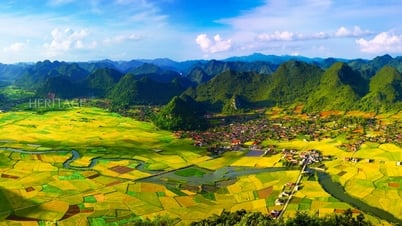









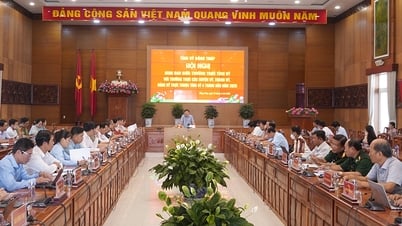
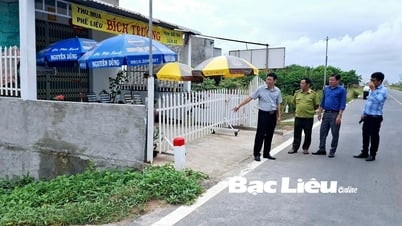



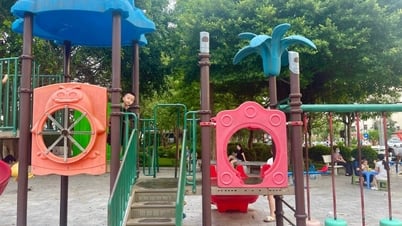









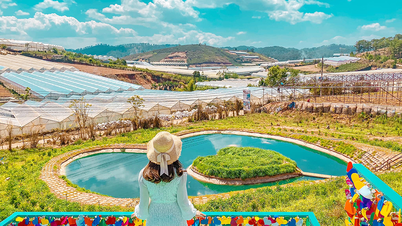
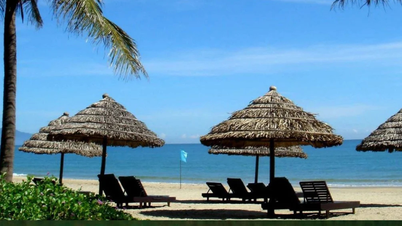






























![[Infographic] Investment project to build Tu Lien bridge and roads at both ends of the bridge](https://vphoto.vietnam.vn/thumb/402x226/vietnam/resource/IMAGE/2025/5/23/3c167ece69cb4aecb3e55de5ebc38b88)


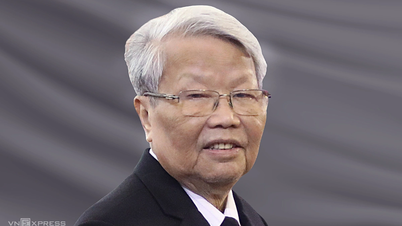

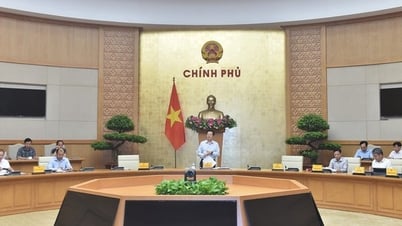

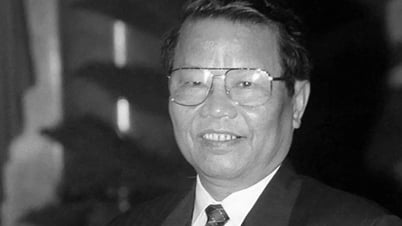




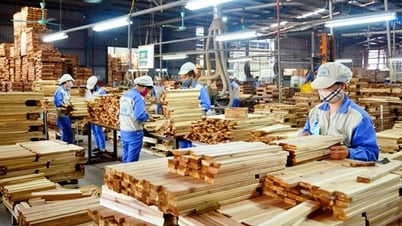






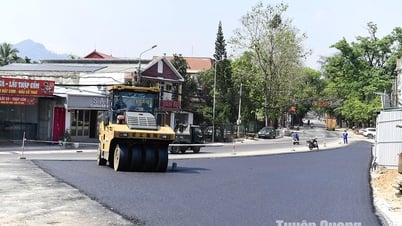







![[Podcast] Week introducing more than 500 OCOP products in Hanoi](https://vphoto.vietnam.vn/thumb/402x226/vietnam/resource/IMAGE/2025/5/22/d144aac2416744718388dbae3260e7fd)





Comment (0)